Affiliate links on Android Authority may earn us a commission. Learn more.
All about focus: The making of a vivo photography flagship
Published onJune 27, 2022
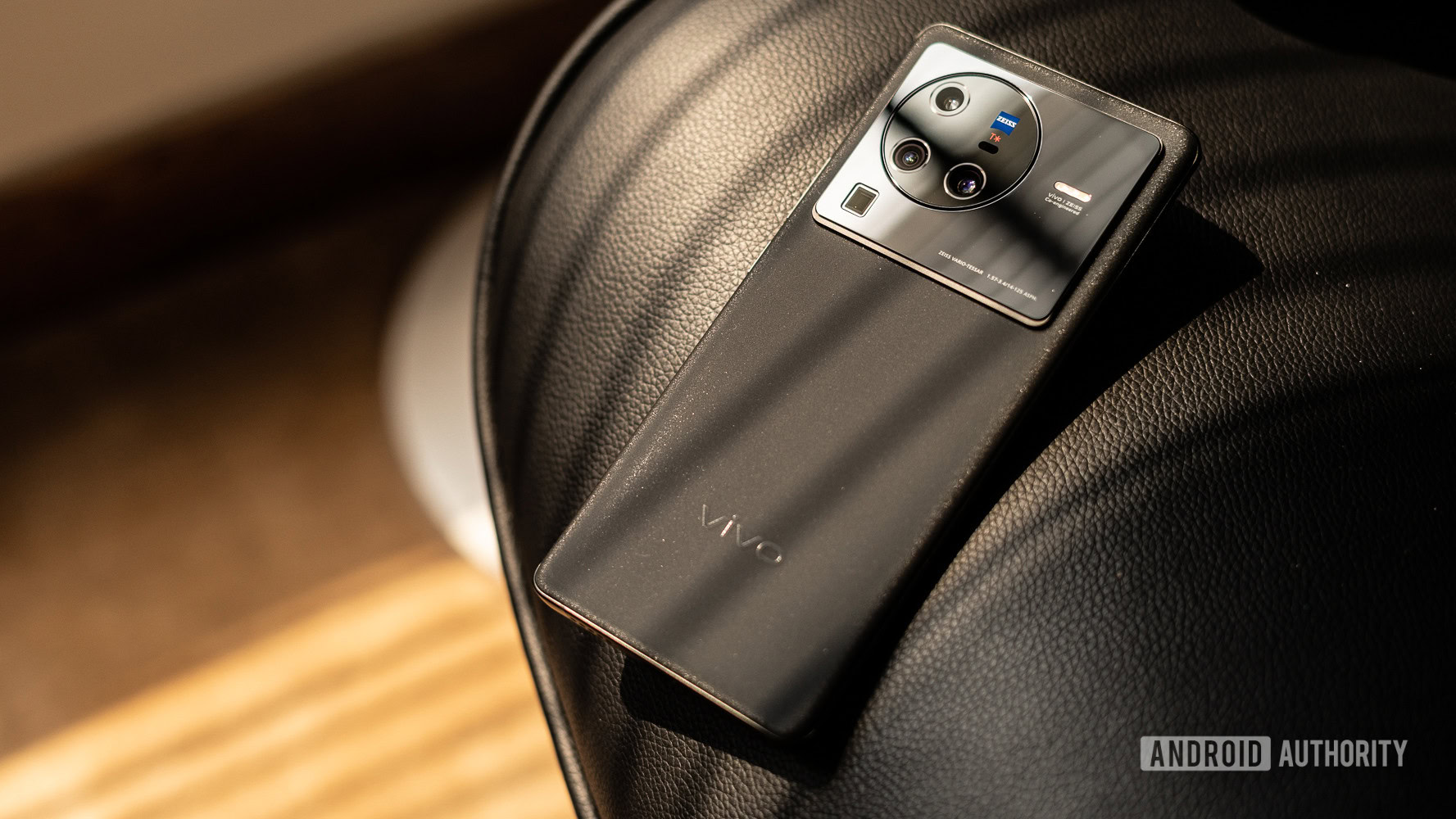
Note: This article is part of a series of interviews with the experts behind vivo’s X series. For more, take a look inside the optics expertise behind a smartphone born for photography.
If you ask An Yiran, there’s only one word to describe vivo’s approach to innovation: focus. An is a senior product manager at the vivo Imaging Center, so it’s fair to say he knows a little about focus. In fact, the phrase “Stay Focused” is the driving philosophy behind vivo’s powerful X series.
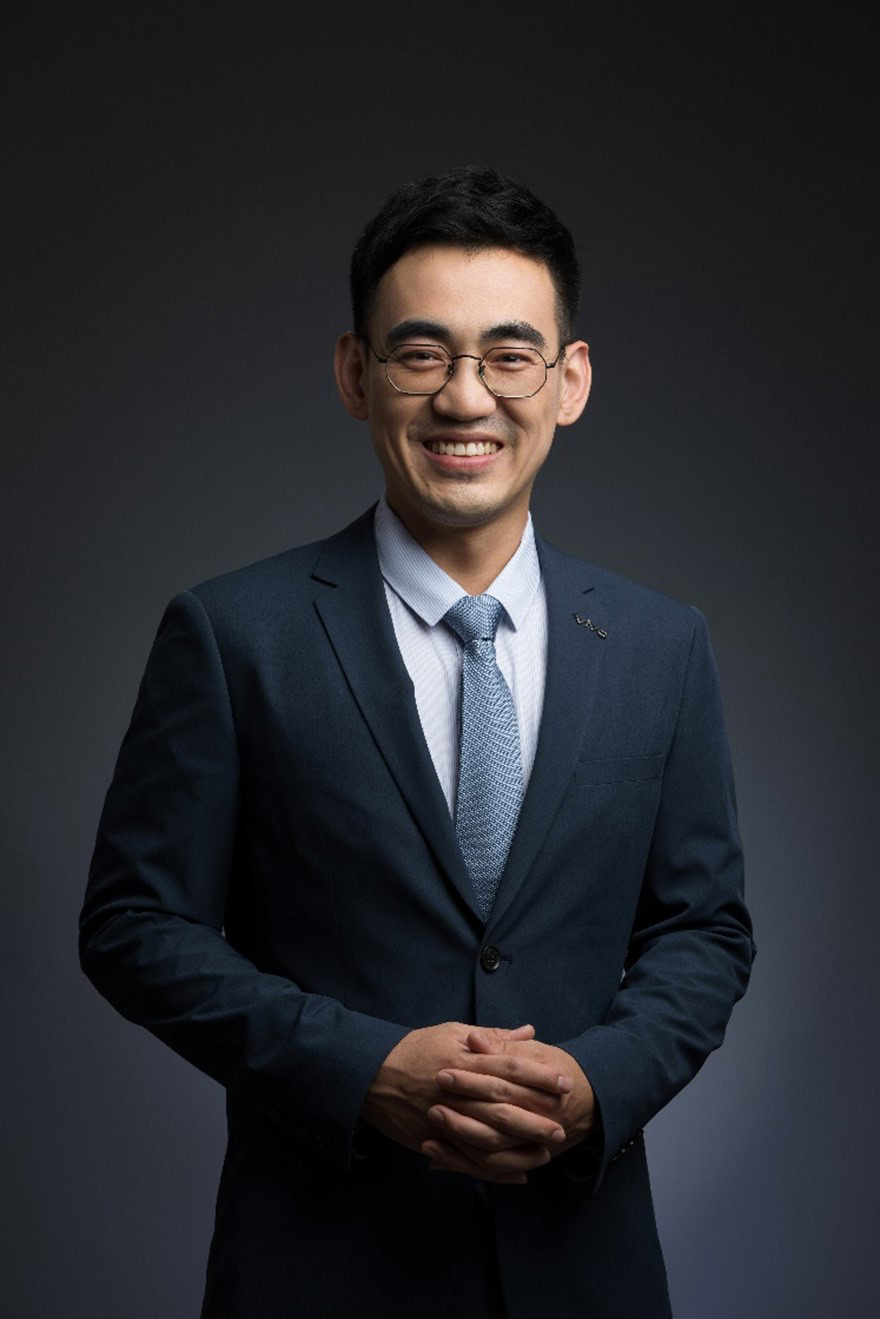
“Focus” has multiple meanings for An. As a travel photographer with experience in more than 35 countries, An sees focus as a fundamental element of photography — the sharpest area of the image that directs the eye to the subject of the composition. Similarly, when it comes to his work as one of the key people leading vivo’s digital imaging team, his focus is all about directing the efforts towards the main goal.
“At vivo, we are steadfast in our focus to enhance our imaging capabilities,” he says.
The evolution of the portrait mode on the X series — vivo’s photography flagship — is an example of An and his team’s unwavering attitude towards optimizing a single imaging capability. The portrait photography function, one of the core features of the X series, has continued to improve with every new generation. The passion and commitment vivo has for perfecting imaging technology — and its eventual expansion of portrait imaging in collaboration with ZEISS on features such as ZEISS Style Portrait — have reinforced vivo’s leadership in this space.
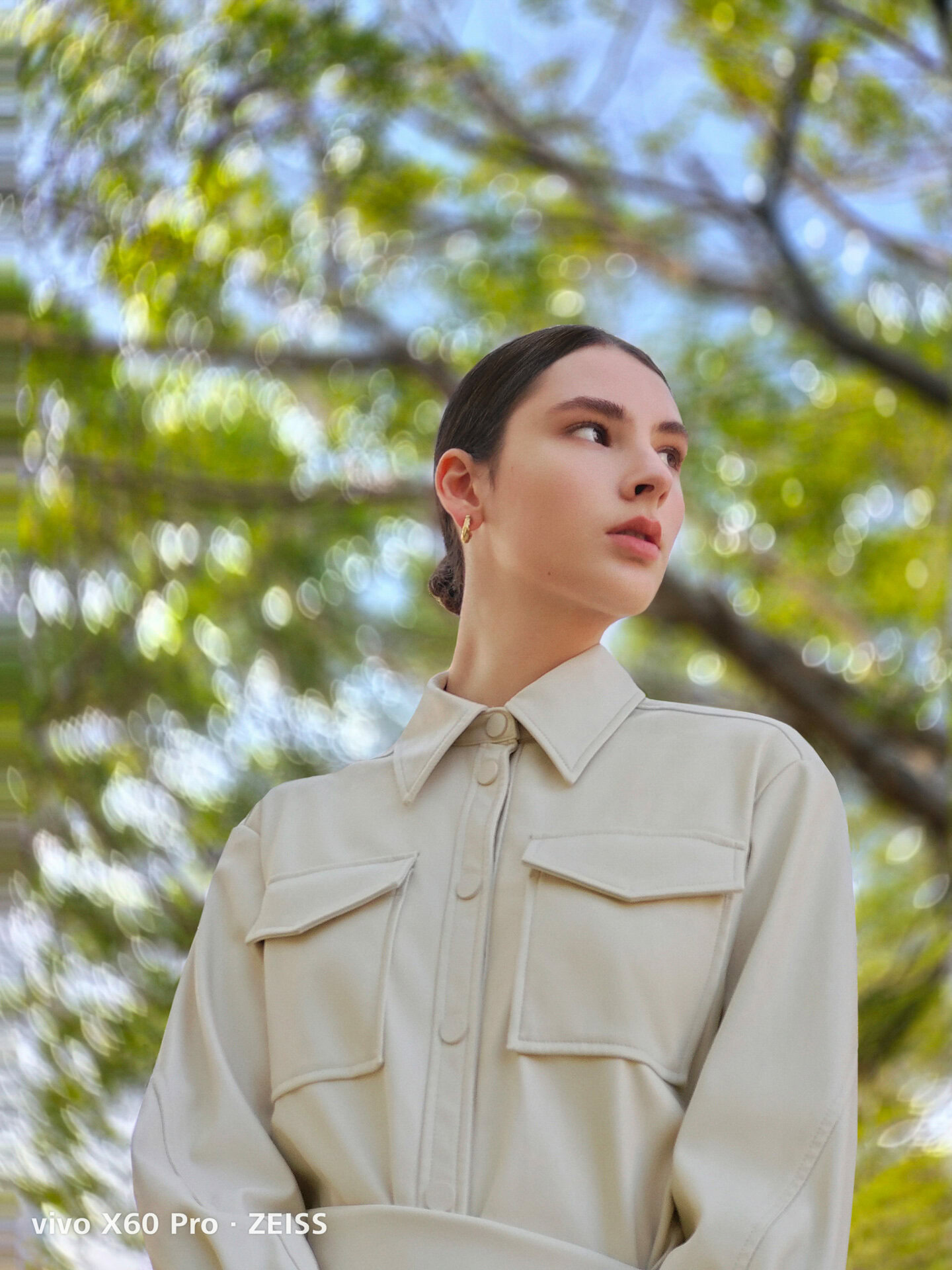
An understands the traditional need for specific lenses, careful lighting, and retouching technology in portrait photography. His team at vivo has labored long and hard to create algorithms within the X series that can fill many of those needs at the touch of a button. It’s been a long process, but the ultimate goal is to give all vivo users the ability to act as their own portrait photographers.
“Shooting a professional portrait requires a camera, lens, skills, and much more,” An says. “This sets a high threshold for ordinary users. But we believe that our effort is making portrait photography simple, so ordinary users can take professional-looking portraits with one click on their vivo phone.”
Being focused on more than just portrait photography, An and his team are also behind the evolution of the whole X series. vivo touts the X series as a professional photography flagship line, and with good reason. This smartphone series successfully debuted the first gimbal camera stabilization system, and it bears the ZEISS logo due to the vivo ZEISS co-engineered imaging system under the hood. Starting with the X70 generation, vivo also introduced a dedicated imaging processor into the mix — the V1 chip — so it’s not hard to tell that photography gets special treatment for the X series.

The process is complex, but the goal is simple: to give smartphone users the technology to easily take outstanding photos and videos in every scenario. “Through our global imaging partnership with ZEISS, we are able to bring imaging functionalities and effects that would otherwise be inaccessible to everyday users,” An says.
Consumer insights drive innovation
At vivo, it all starts with the user. “We conduct a lot of consumer research and targeted surveys to identify the key pain points in mobile photography,” An explains. “These elements dictate the core features we focus on for each new generation of products,” adding that his team’s core task is to convert this research into easy-to-use and simple products.

However, crafting a new smartphone innovation is incredibly challenging. An readily admits: “We experienced lots of setbacks in our product development,” citing the Gimbal Camera as one of the most challenging components to master. The cleverly designed gimbal camera system debuted in the X50 series and uses mechanical movement to compensate for any camera shakes.
“Taking blurry photos is a pain point for many smartphone users,” An said. “You need a good stabilization function, particularly when taking photos in low light or while in motion. Our innovative gimbal system addresses this issue.” With reliable stabilization, users won’t need to carry an external gimbal or a tripod to take professional-looking photographs with their smartphones.
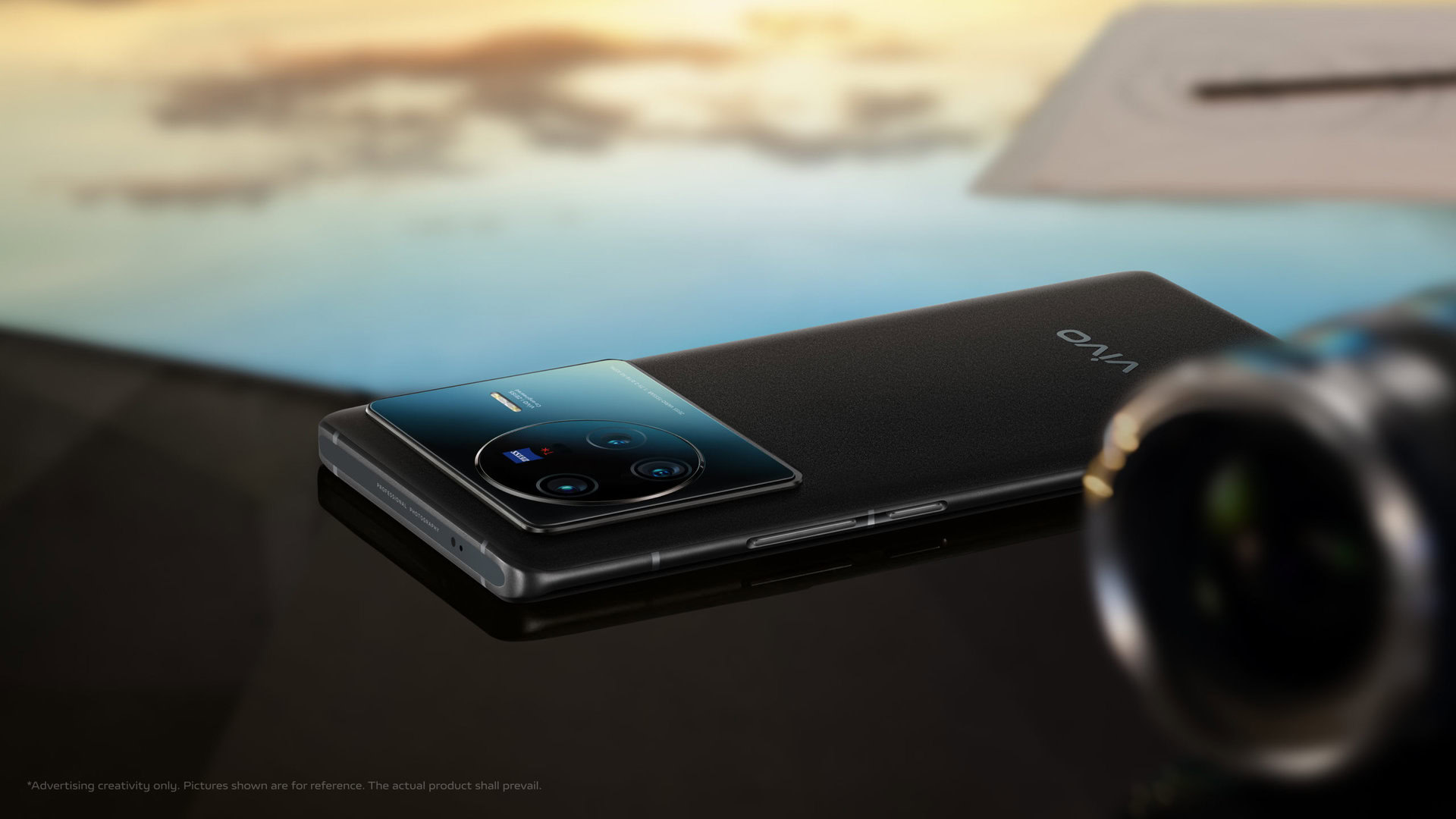
He says dedication shining through the team’s collaboration with ZEISS is also remarkable. The two companies announced a long-term strategic partnership in 2020, with a shared goal to promote and develop breakthrough innovations in mobile imaging technology. He says, “ZEISS sets high standards for our product’s features,” explaining that it took “many rounds of discussions to achieve desirable results.”
“We’ve heard a lot of feedback from users saying that the background of their portrait photos doesn’t really look good, and the images are not sharp enough,” An says. “So, we worked with ZEISS to bring in various portrait styles to enhance the portrait shooting and bokeh performance.” As a result, the X60 series, which boasts the first vivo ZEISS co-engineered imaging system, impressed users with the “ZEISS Biotar Portrait Style” feature.
A journey from passion to satisfaction
The vivo imaging team hasn’t set its motivation on fame or awards. Instead, it’s focused on the satisfaction of the perfect user experience. Perfection is a lofty word, but the team has gone to great lengths in its pursuit. An recalls the experience of taking the group through several environments to find the right testing conditions. For testing night photography of the starry sky, they ended up in the Kubuqi Desert in Inner Mongolia, where the sky is known to be full of stars. The four-day/three-night trip has resulted in the ASTRO Mode in the X50 series for taking pictures of starry skies. “In the desert, we worked day and night for four days there with one purpose: to test and optimize the feature to achieve our desired effects,” An says.

The nighttime shooting experience on the vivo X80 has evolved beyond that of the X50. The vivo X50 may have been the first to incorporate the gimbal system, but generational improvements like the X70’s High-Transmittance Glass Lens go a long way in improving nighttime photography. Then, the vivo team added a further layer to the X80 to reduce glare for the most extreme nighttime performance.
However, the distant stars of the Kubuqi Desert are only the start of the team’s testing. Seeking the satisfaction of accurate AI skin textures, “the portrait team spent a lot of energy finding people of different ages, genders, etc.” They then ran through a gauntlet of professional makeup tests and photoshoots to achieve a skincare advertising-level texture effect.
An describes the quest for a well-rounded time-lapse feature as more of the same. It involved more testing, and he said, “our colleagues needed to get away from the city for filming.” Ultimately, the search for satisfaction and commitment to debugging gave the vivo team a day-to-night time-lapse video that you can capture with a single click.

While on a personal trip to Tibet, An encountered a traveler using a vivo X60 Pro+ to take pictures of the Potala Palace. “I felt extremely fulfilled to see a fellow traveler using a vivo smartphone specifically to photograph his trip, which I found quite interesting,” he says. These kinds of fulfillments and experiences continue to drive An and his team to improve each generation of products.
Where does the X series go next?
For vivo to focus on the future, An wants to draw inspiration from the past. He describes the Gimbal Camera as one of the most important innovations from the last decade, along with the partnership with ZEISS. It’s an all-encompassing pairing that “covers hardware optics, lens coating, software algorithms, and imaging.”
Despite the significant strides the team has made, he says, “there is still room for us to improve our technical know-how.” He suggests a need to be even bolder and employ more professional hardware in the next iteration of the X series and beyond, further refining existing algorithms to boost the user experience.
An notes that this bold push forward is powered by eight R&D centers worldwide, all focused on optimizing different aspects of the mobile imaging experience.
He explains, “vivo is a company that champions foresight and long-term development when planning and designing products. It usually takes two to three years, or even five to 10 years for our product to be fully implemented.” The endless pursuit and dedication for perfected mobile photography will not stop, offering users unique experiences that align with their needs.
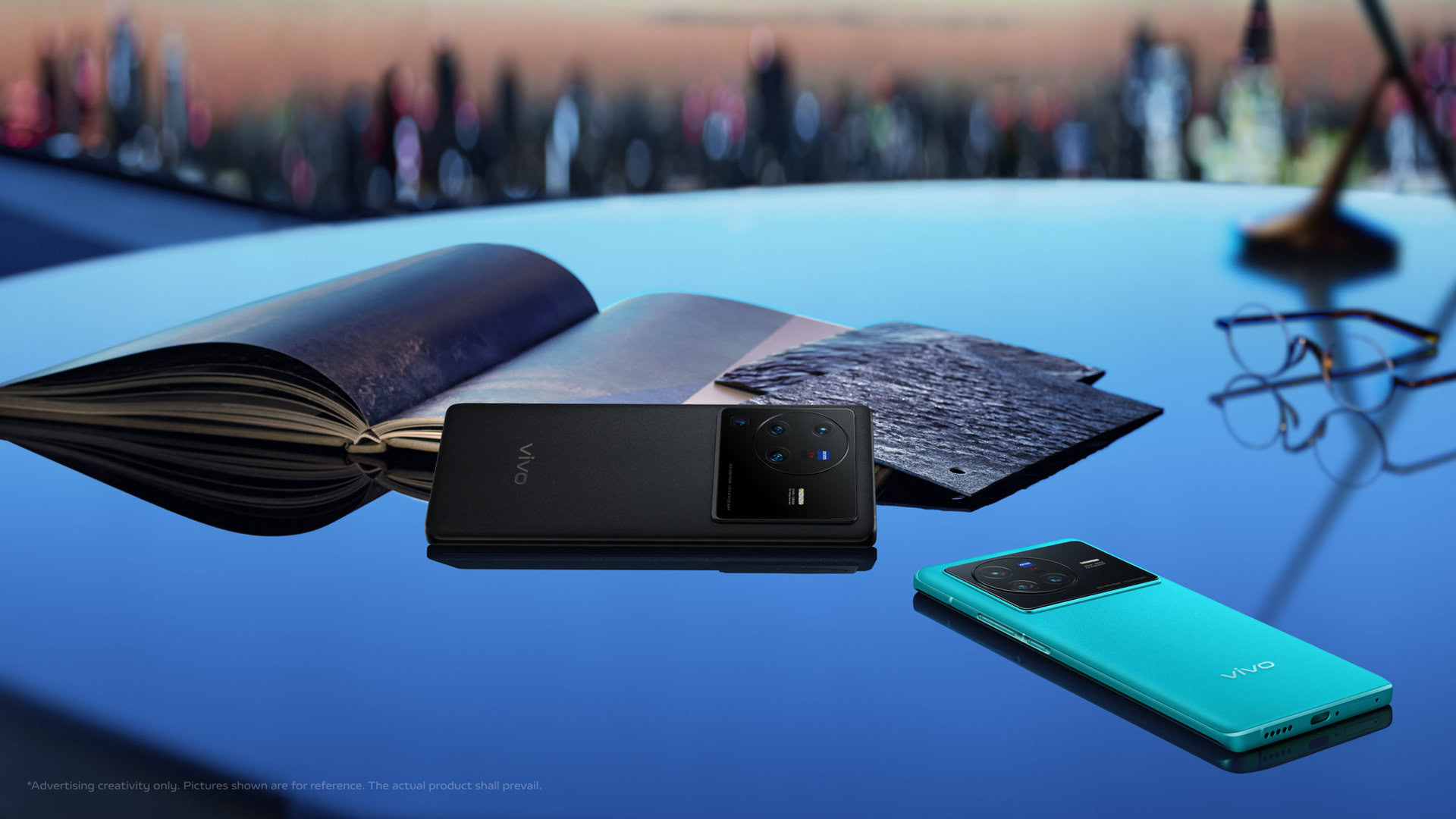
An’s focus for the future of vivo imaging technology is two-fold. The first approach relies on technological innovations that were out of reach in the past, while the other involves key changes to the overall software experience. This comes with constantly refining photos using ever-adapting AI technology. What that will look like on vivo’s new products and beyond is up in the air, but we know An Yiran and his team are already focused on what’s next.